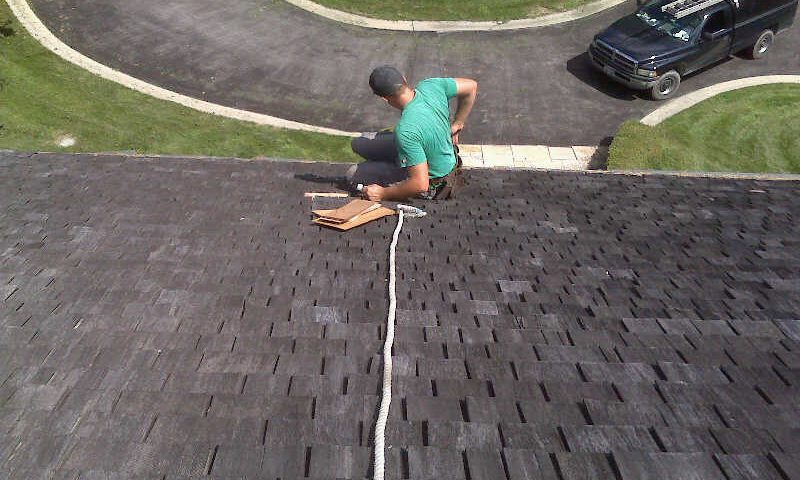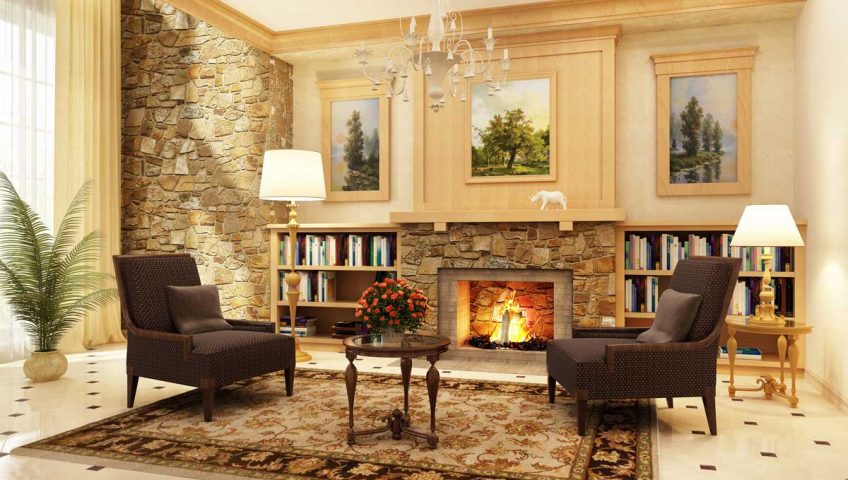Winter is coming and with it snow and colder weather!


Winter is coming and with it snow and colder weather!

Wondering which home improvements will give you the best bang for your buck? Does your home currently have areas where water penetration is a concern (such as skylights, vents, bath exhausts, chimney flashings)?

A stained hearth, chipped bricks or soot can turn what should be the focal point of your living room into an eyesore. Read more

Fall is the perfect time to take care of the little things that can make a big difference for you and your home. Read more
Attic ventilation is an important part of every roof installation. The proper method of ensuring air flow in your attic is a ridge venting system. These are structures with molded-in air vents located under the ridge cap shingles. The system provides the desired airflow in the attic while maintaining watertight integrity.
How to do it right: If there isn’t enough airflow in the attic, mold may grow and plywood may delaminate and rot. Box vents can provide attic ventilation, but are prone to leakage and are unsightly. A ridge vent system provides better airflow than box vents and will not leak. It also gives your home a higher profile and a more attractive look.
In addition to the gutter edge flashing, your roof has flashings at many other critical points. These include fireplaces, the valleys in the roof, around skylights, around plumbing vents and anywhere roof and siding meet. Read more
Underlayment is a layer of fabric-like material that is rolled out and stapled to the sheeting. It adds an important level of moisture protection between the shingles and the sheeting.
How to do it right: A high quality underlayment is just as important in preventing leaks as the roofing material itself. Municipal codes require roofing underlayment to meet standards like fire resistance, wind uplift resistance, puncture resistance, and resistance to wind-driven rain. The most widely used underlayment is asphalt impregnated felt. The weight and specifications of the material should be sufficient to provide protection for the life of the roof.
Sheeting is the solid wood surface that your roof is built on.
How to do it right: You need a firm, weather-resistant and level surface on which to put your new roof. Your existing sheeting is one of the first things we look at when we inspect your house and make up your estimate. The sheeting you now have may be good quality plywood and may be fine.
Be aware that some contractors may bid low by not replacing bad sheeting. You may get a good price, but you may have problems in the future. Similarly, if your contractor offers to replace your sheeting with chip board, press board or oriented strand board (OSB), he’s using a cheap, inferior product not made for exterior use that can swell and break apart when moist.
